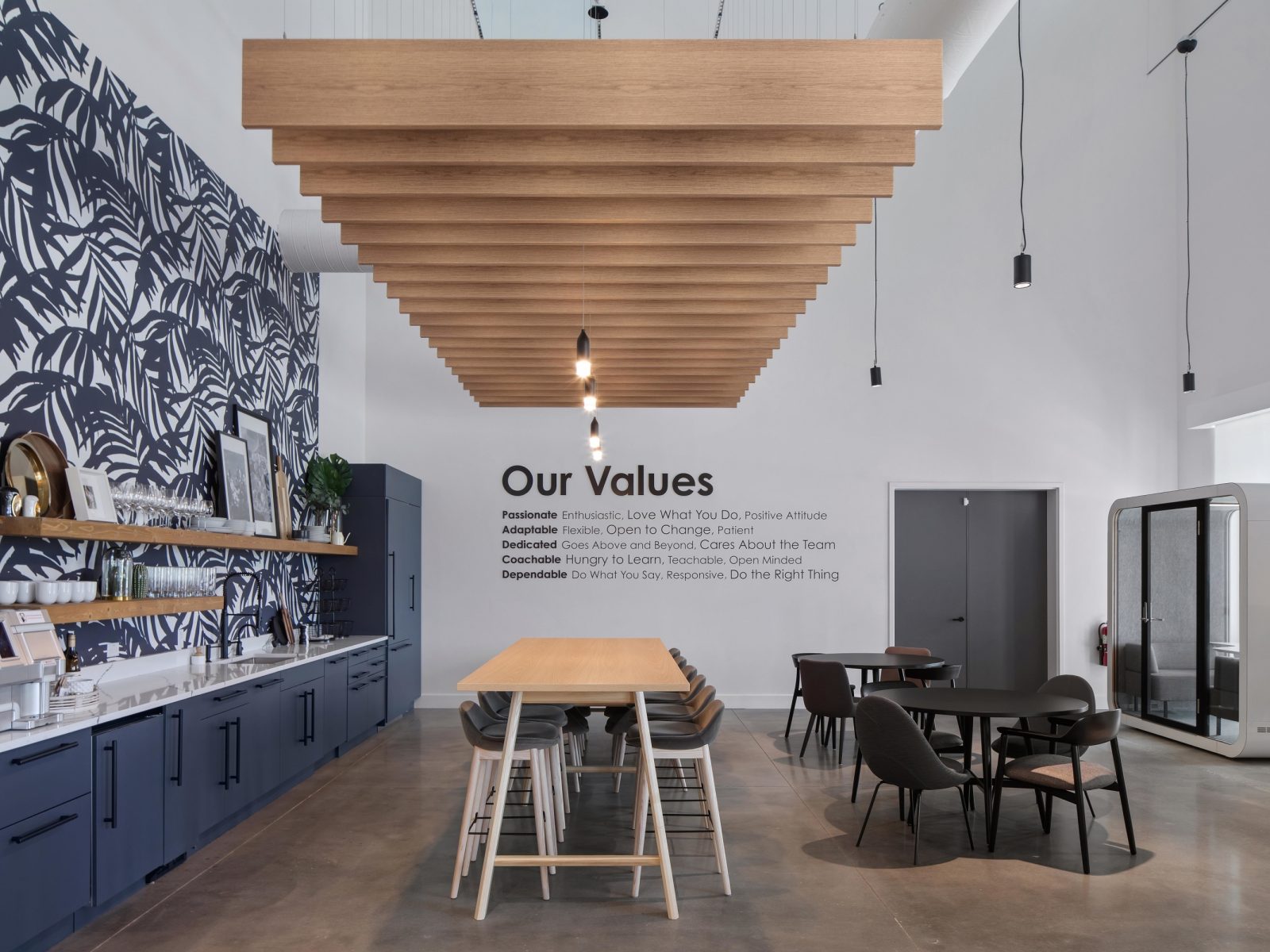Advancing Workspaces: Forming Desirable Commute Destinations
How can we develop work environments that rival the appeal of remote work and home-based options—spaces where employees genuinely prefer to be?

The Return on Commute (ROC) emerged as the contemporary counterpart to Return on Investment (ROI) for employees when assessing their office attendance. While acknowledging the importance of human interaction and face-to-face collaboration, employees seek assurance that their organizations reciprocate the effort of commuting. Presently, a universal solution does not exist for cultivating work environments that actively involve employees and foster their optimal productivity.
A universal solution for workspaces doesn't exist since every company must accommodate its culture, work methodologies, and policies. The subsequent three themes will delineate the factors that hold significance for employees when evaluating their Commute's Payoff (ROC).
1. Thriving Cities and Supporting the Community
Businesses play a crucial role in enhancing and nurturing the communities in which they operate, turning them into lively places that attract people. The return to the office could revitalize city centers where small, local businesses depend on customers walking through their doors. Companies can aid this by being thoughtful about what they provide in their workspace. Instead of creating an internal cafeteria or high-tech coffee bar, they might opt to support local businesses by arranging catering or giving employees vouchers to spend outside the office during breaks.
Moreover, companies can support the community by showcasing local art for sale, organizing team trips to local venues, or offering perks like laundry services to help with time-consuming tasks. Investing in the surrounding community can encourage and inspire employees to spend time there, making their commute more worthwhile.
2. Adaptability and Options
An essential part of establishing or preserving a successful hybrid work setup involves aligning corporate policies with the company's culture. Previous workplace structures exposed a weakness in managing the work-life balance struggle. A crucial aspect of remote work that employees found invaluable was the flexibility it provided to balance professional duties and personal commitments.
As employees return to the office and embrace the commute, which, for many, has extended from pre-pandemic times, organizations that allow flexibility in scheduling and methods of office gatherings will experience heightened levels of employee satisfaction, productivity, and engagement. Commuting becomes more enjoyable when employees have the freedom to choose what works best for their schedules. This can be facilitated by offering increased flexibility in how employees utilize their time in the office.
3. Designing Work Environments for Every Purpose
Traditionally, workplace design has focused on accommodating diverse work styles occurring throughout the day. Adaptable and flexible spaces have been the foundation. However, there is now a growing demand for work environments intentionally tailored to reflect the culture, values, and identities of each unique organization. Employees seek assurance that the office provides a range of spaces and necessary technology for their optimal performance.
Design with purpose, facilities that foster connections, and diversity resonating with employees are pivotal in crafting an immersive environment. This shift in mindset transforms the workplace from somewhere employees "must be" to somewhere they "want to be." DLR Group, drawing insights from current cognitive science and neuroscience research, has developed a toolkit to inform design based on task types. This toolkit aims to create an environment that supports both physical and cognitive ergonomics, ensuring the right variety and quantity of spaces for an effective and supportive work setting.
Implementing hospitality-centered elements such as inviting entrances reminiscent of hotel lobbies, open communal spaces, and diverse meeting rooms tailored for both physical and virtual gatherings enables employees to adapt more comfortably to various tasks during the day. Additionally, there's a rising curiosity in "Zoom Villages," comprising prefabricated phone booths arranged as pods, alongside designated areas free from cellphone usage to facilitate focused, quiet work.
As employees and companies persist in placing emphasis on their culture, engagement in dynamic city environments, and acknowledging the diversity of work approaches, the workplace undergoes continual transformation. The foremost goal remains comprehending each organization's mission and culture to foster a space that resonates with its employees. Our focus remains on the ongoing progression of work environments, observing consistent successful strategies, and prioritizing adaptable designs that can flexibly adjust over time.
Merely delivering what organizations presume their employees desire is insufficient. To create a workspace that rivals the appeal of remote work and maximizes employees’ Return on Commute (ROC), we engage in consensus-building, surveying employees, and immersing ourselves in our client’s community. By actively participating in conversations during planning and design, we gain a profound understanding of how to provide a space that competes with the comforts of remote work.













